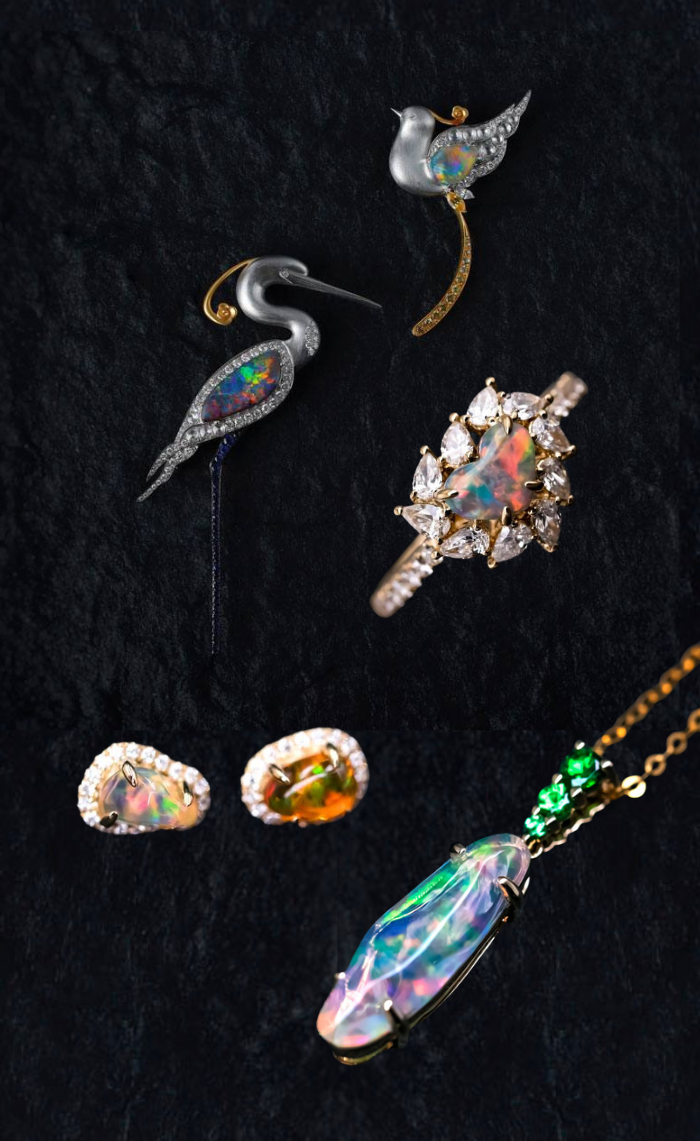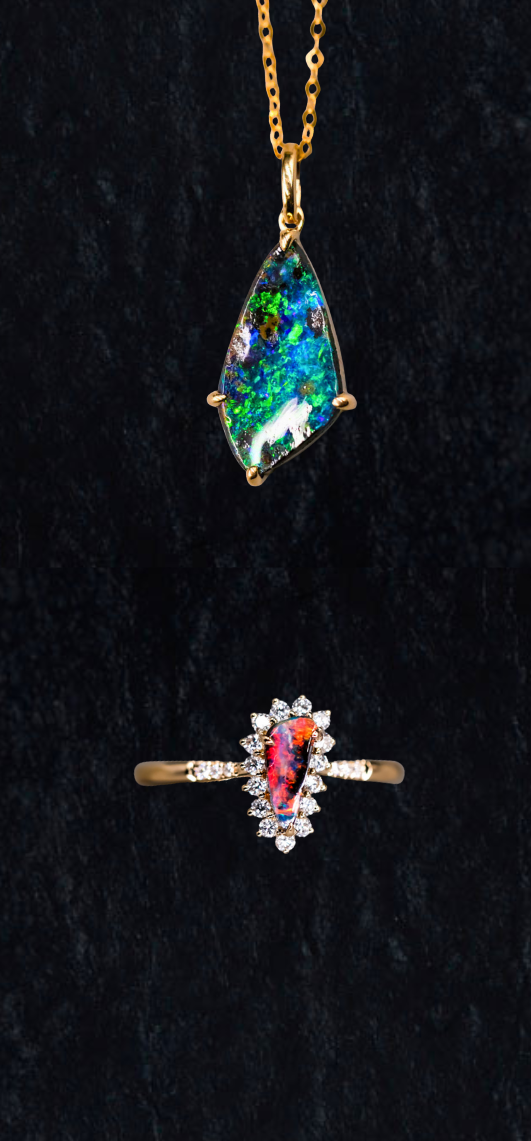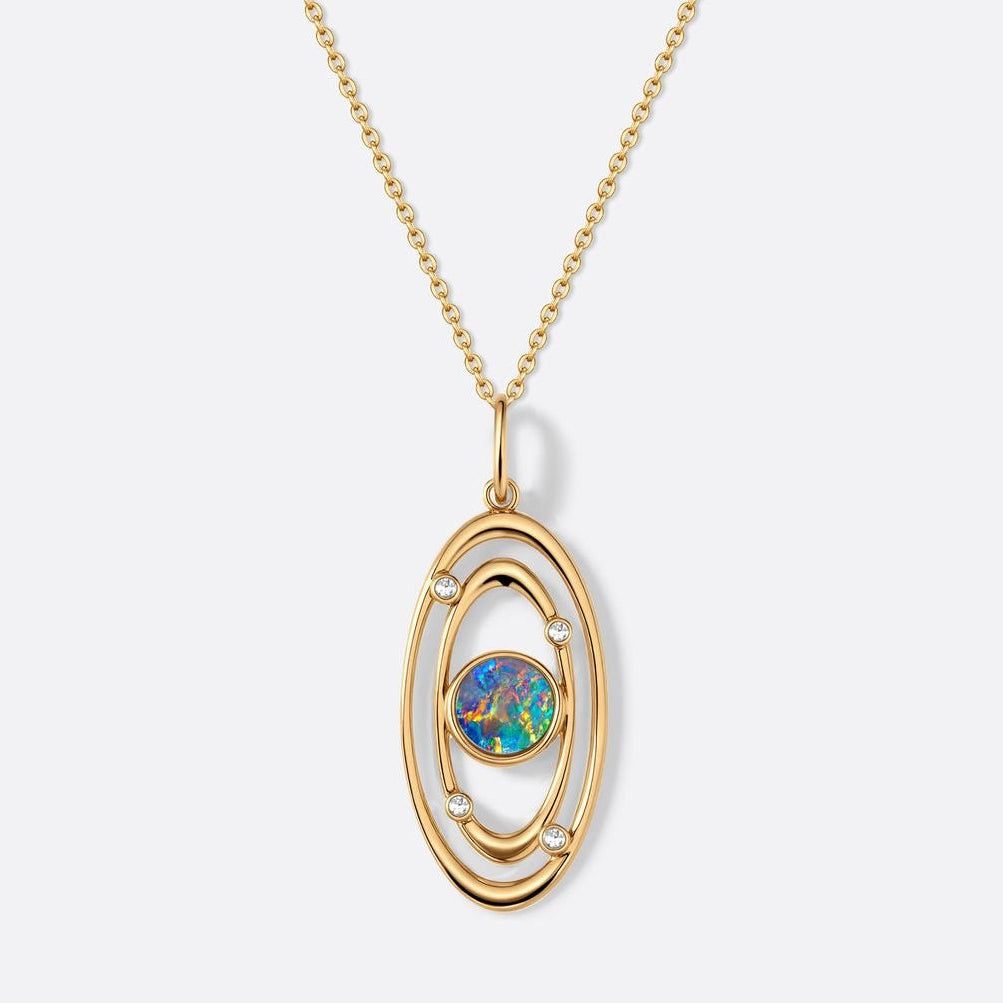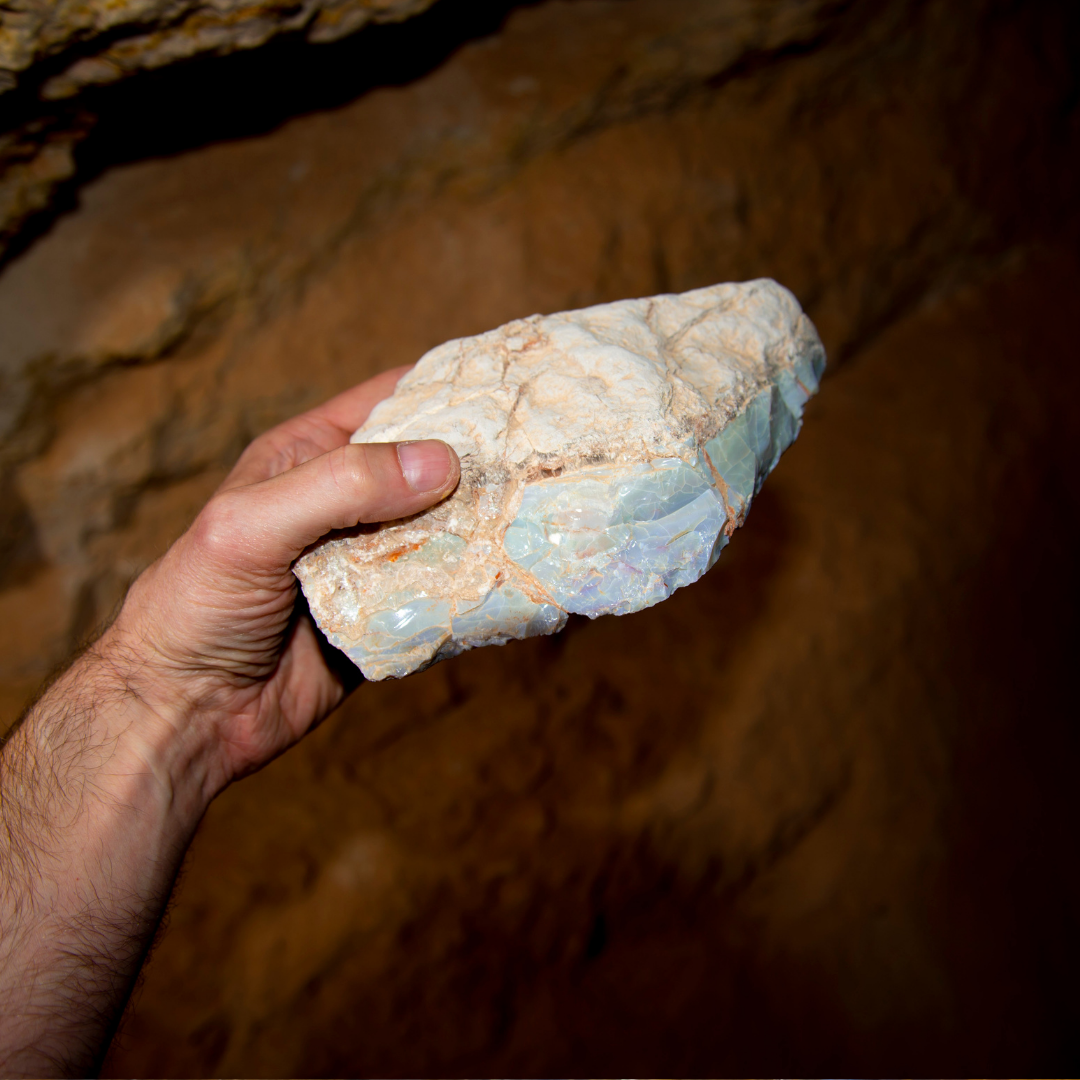
How are opals mined?
Techniques, conditions, prices and the everyday life of the miners
Opals are unique gemstones known for their fascinating play of colors. But the journey from the earth's crust to the finished piece of jewelry is long and arduous. Mining opals requires special techniques and a deep understanding of geological conditions (--> How are opals formed? ).
Before a mining company even begins mining, careful planning and evaluation must take place. In this article, you will learn how opals are found and mined , what machines and techniques are used, and what climatic challenges the workers have to overcome.
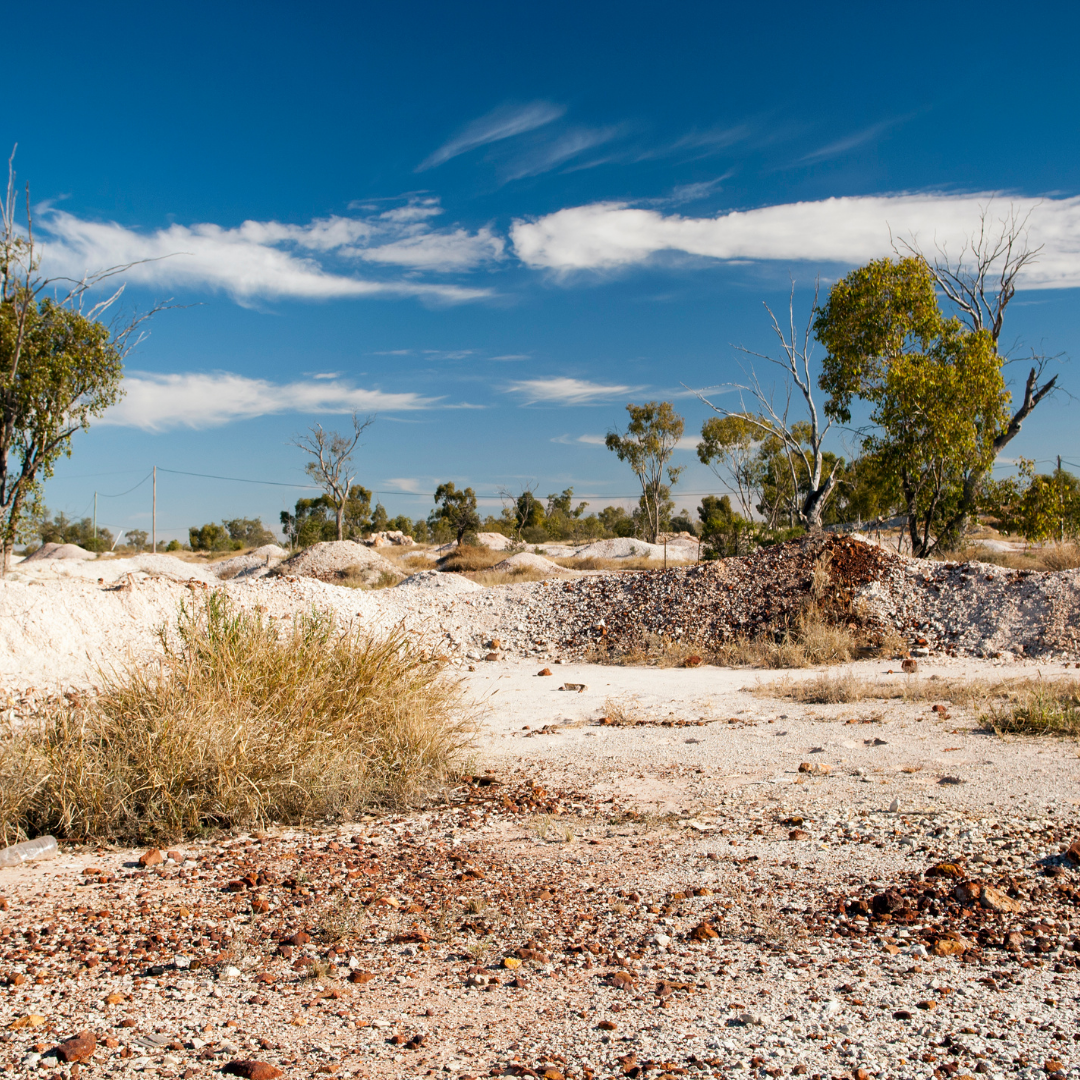
Decision to dismantle: The first steps
Before a mining company begins mining opals, a thorough geological survey is essential. The first step is to select a promising area based on a combination of historical data analysis, geological maps and, in some cases, experience and instinct.
Steps to decide on dismantling:
- Geological survey: The analysis of rock samples and geophysical data provides clues as to whether opals might occur in a particular area.
- Exploration drilling: Test drilling is carried out at potential sites to determine the presence and depth of opal veins.
- Assessment of economic viability: The test drilling is used to estimate whether mining makes economic sense. This includes an assessment of the quantity and quality of the opals found as well as the costs of mining.
- Applying for mining rights: Once a promising area is identified, the necessary legal steps are taken to acquire mining rights and obtain the necessary permits.
Only after this thorough preparation does the mining company decide whether to actually start mining. And each of these points involves upfront costs and time.
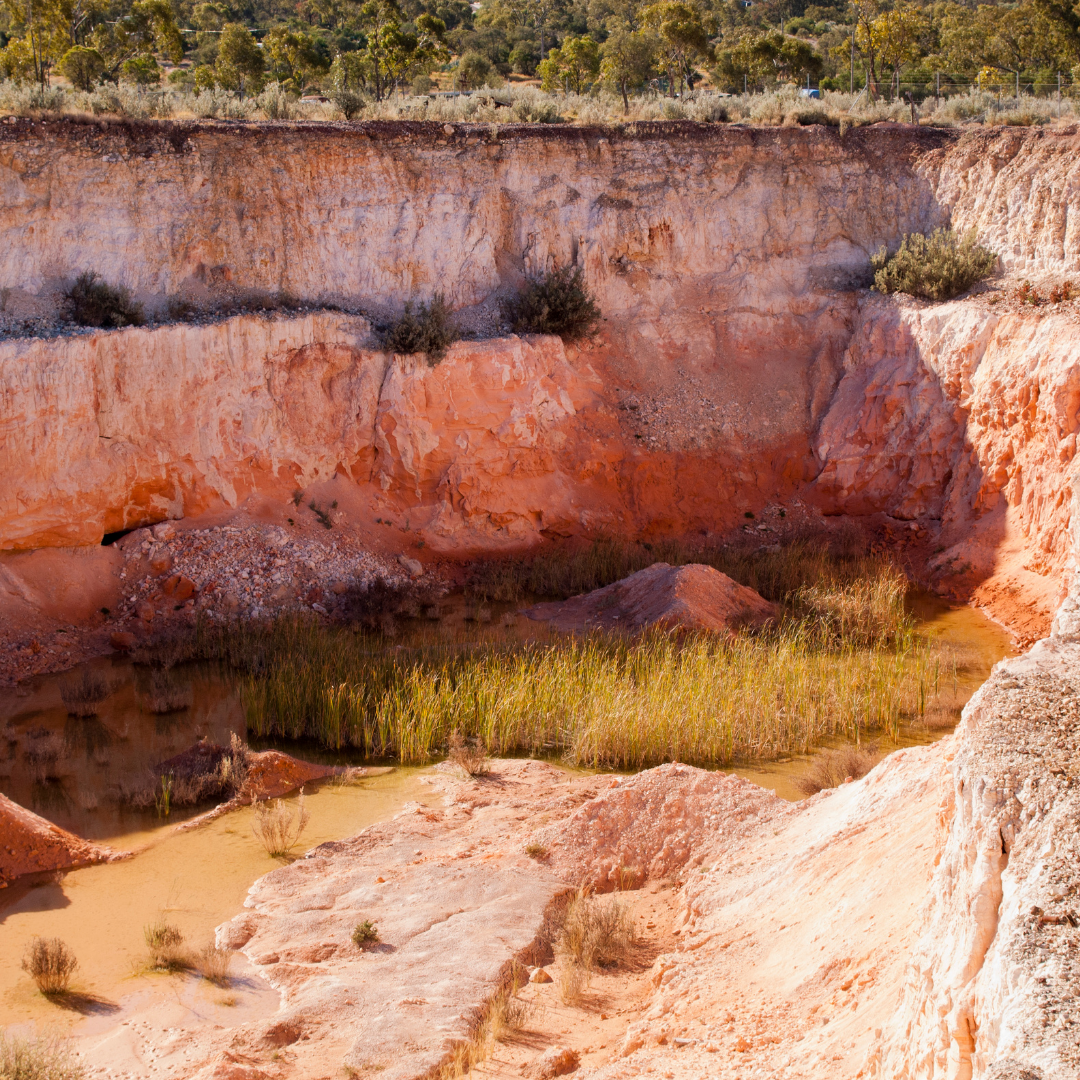
open-pit mining
Open-pit mining is one of the oldest and most common methods of extracting opals. This technique is used primarily when the opals are found relatively close to the earth's surface.
Process of open-cast mining:
- Site exploration: Once the decision to mine is made, the site is prepared. Vegetation and surface rock are removed to gain access to the underlying opal layers.
- Dredging: Large excavators are used to remove the overburden rock. This process is crucial to expose the deeper layers where the opals may be located.
- Sifting and sorting: The mined material is sieved to separate opals from unusable rock.
Machines used: excavators, loaders, drum screens
Climatic challenges:
Open-pit mining takes place in the open air, which exposes workers to extreme climatic conditions. In regions such as Lightning Ridge, Australia, where temperatures regularly rise above 40 degrees Celsius in summer, working in the blazing sun is an enormous physical strain.
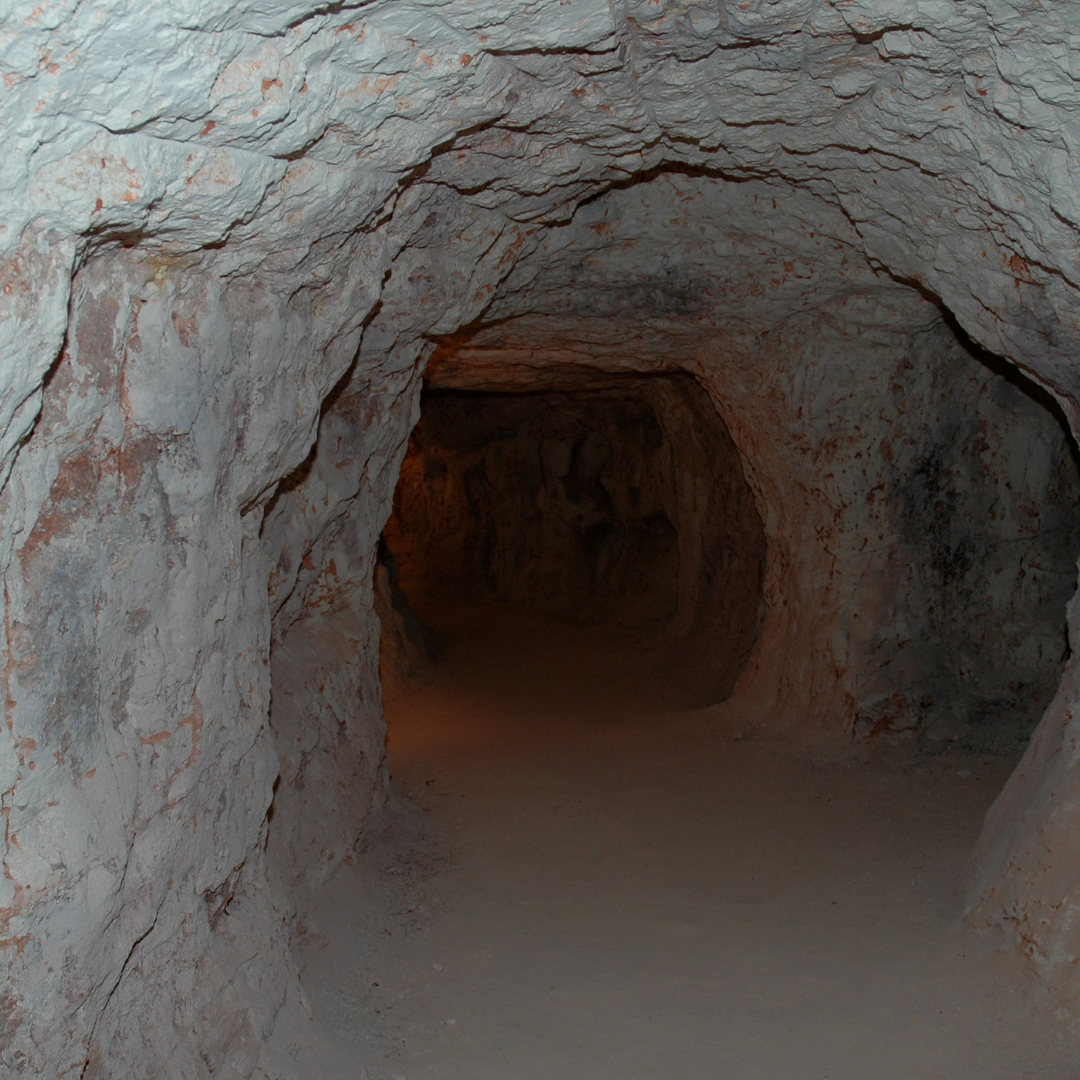
underground mining
Underground mining is a far more sophisticated method used when the opals are located in deeper rock layers. This technique requires special equipment and careful planning to ensure the safety of the miners.
Process of underground mining:
- Shaft construction: First, an access shaft is dug into the ground to reach the deeper rock layers. This is done by using hydraulic drilling equipment and explosives.
- Expansion and securing: After the shaft is drilled, it is secured with supports and bracing to prevent collapse.
- Material extraction: The excavated rock is brought to the surface by conveyor belts or elevators, where it is further processed.
Machines used: drilling rigs, explosives, conveyor belts, cooling and ventilation systems
Climatic challenges:
In underground mining, temperatures are often constant at around 21 degrees Celsius, which is comfortable for workers. However, the humidity in the tunnels is very high, making breathing difficult and increasing the risk of mold growth. Therefore, effective ventilation systems are crucial to control air quality and prevent health problems.
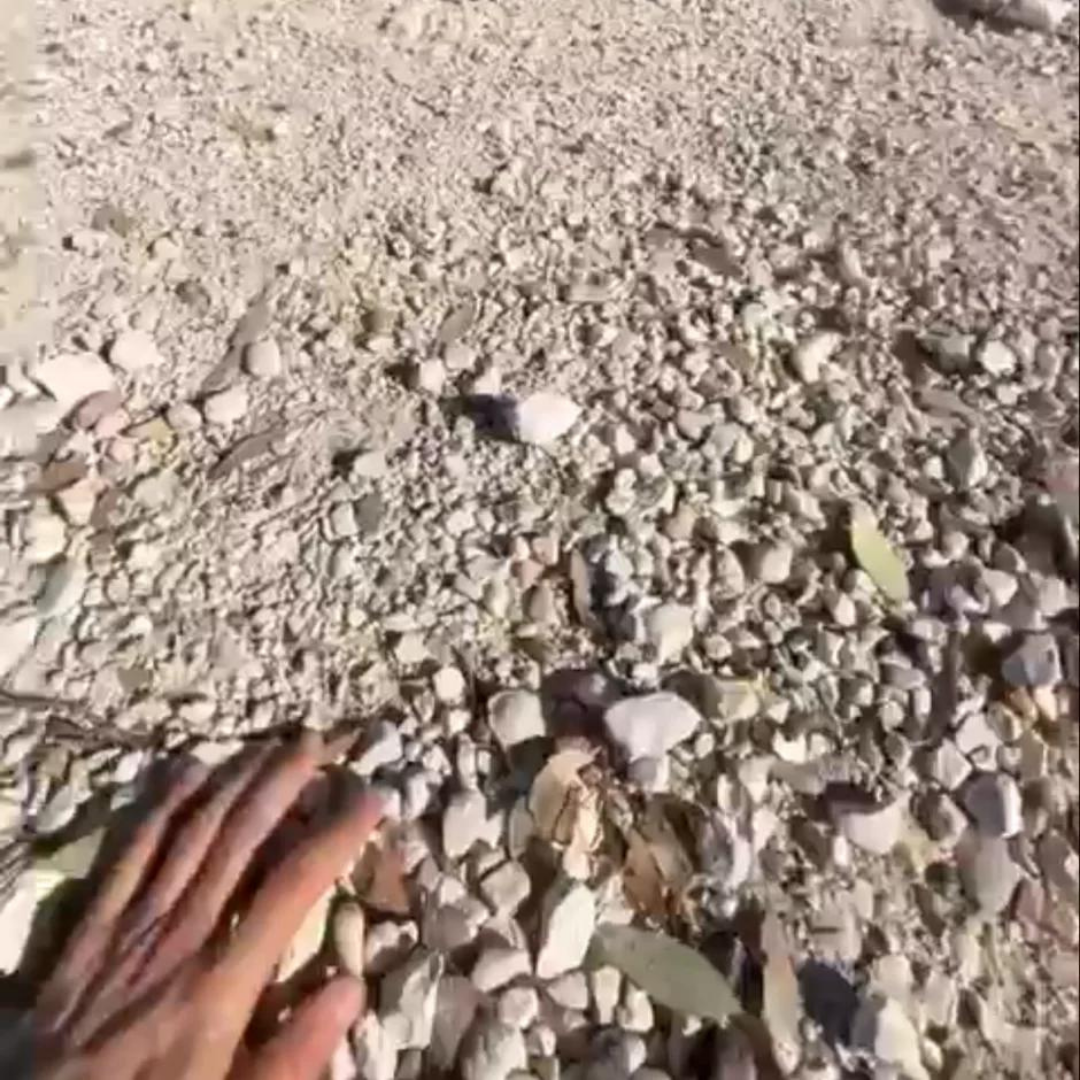
handicraft
Despite the use of modern machines, manual labor still plays an important role in opal mining. Manual methods are used, especially in smaller mines or for particularly valuable finds, in order to extract the opals with as little damage as possible.
Process of handwork:
- Manual digging: Often, workers start with pickaxes and shovels to specifically search for opal veins. This method is preferred when the opals are located in sensitive or difficult-to-access layers.
- Fine work: The opals are carefully removed from the rock using chisels and hammers to avoid damage.
- Screening: The material is sifted by hand to find valuable opals and separate them from unusable material.
Equipment used: shovels and pickaxes, chisels and hammers, as well as handcarts
Climatic challenges:
Since manual work often takes place in small, narrow shafts or outdoors, workers are exposed to both the extreme temperatures of open-pit mining and the humid conditions of underground mining. The physical exertion is high and the working conditions can be particularly stressful as there is often no ventilation system for the small shafts and so the humidity is extremely high.
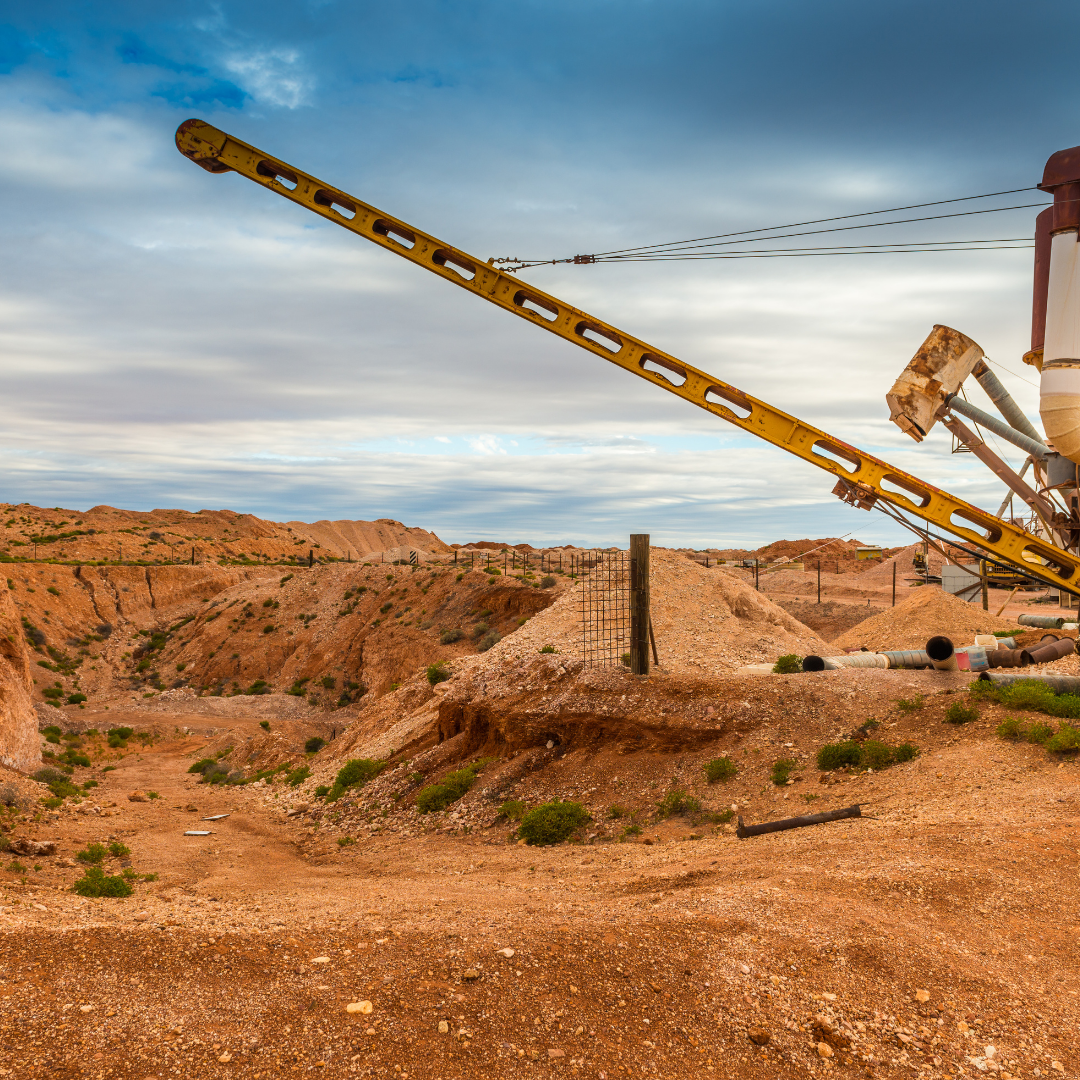
application for mining rights
Before a mining company can begin mining, it must apply for mining rights. This process is strictly regulated in Australia and requires compliance with numerous legal requirements.
Steps to apply:
- Filing of applications: The application for mining rights begins with the submission of a detailed application containing information about the proposed mining area and the intended mining methods.
- Environmental assessments: The relevant authorities require comprehensive environmental assessments to ensure that mining does not have a significant negative impact on the environment.
- Safety precautions: Before mining begins, mining operators must demonstrate that they have taken all necessary safety precautions, including investing in safety equipment and insurance.

Financial investments and running costs
Opal mining requires significant financial investment, not only for the purchase of machinery and equipment, but also for ongoing operational costs. Here are rough estimates.
Possible cost overview:
- Equipment (excavators, drilling rigs, etc.): costs approx. 500,000 - 1,000,000 USD (are often rented or purchased second-hand at a much lower price)
- Ongoing operating costs (fuel, maintenance): Costs approximately 50,000 - 100,000 USD per year
- Labor costs: Costs approximately 50,000 - 200,000 USD per year (depending on the number of employees)
- Insurance: Costs approximately 10,000 - 30,000 USD per year
- Permits and mining rights: Costs approx. 20,000 - 50,000 USD
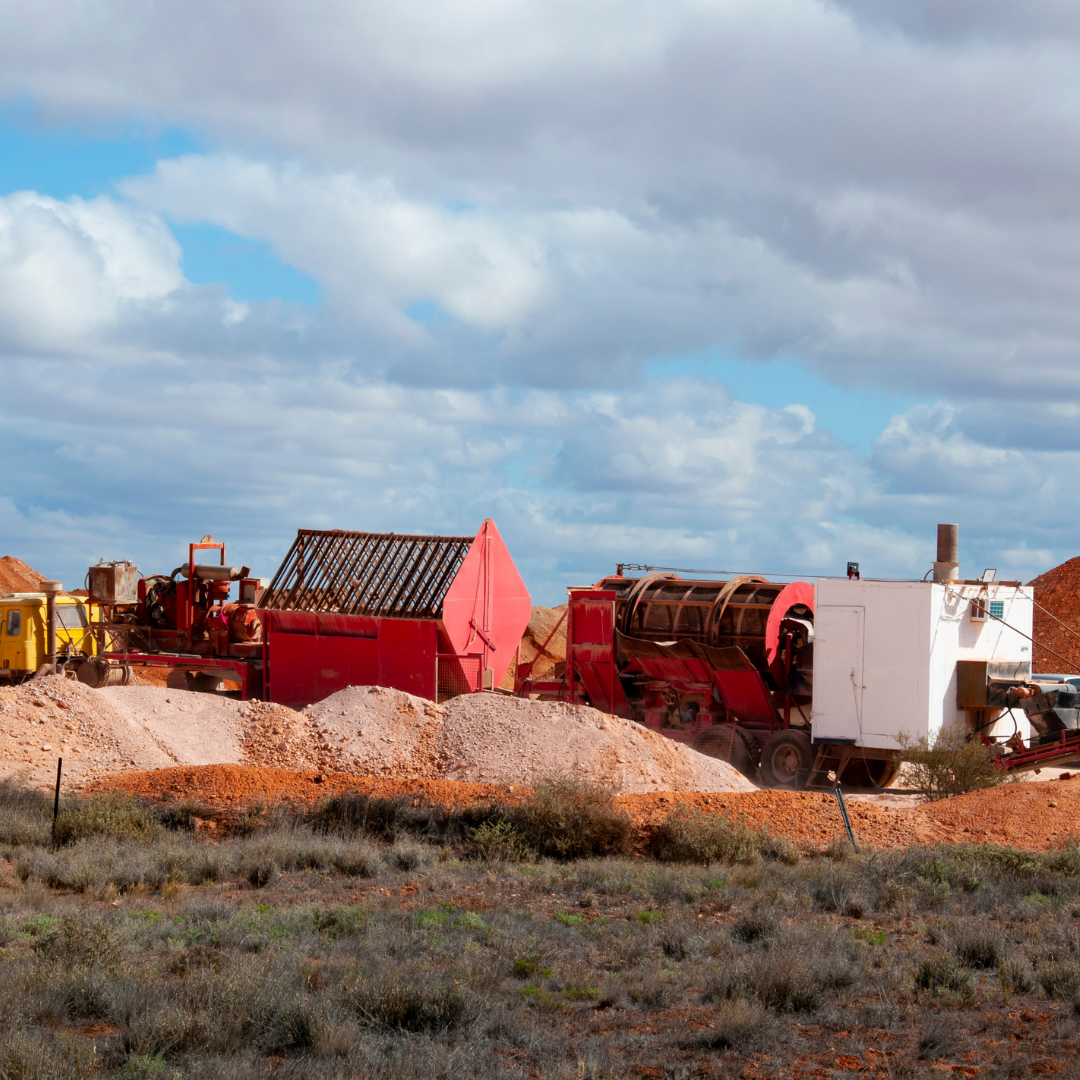
risks and uncertainties
Opal mining is a risky business with no guarantee of success. The investment is high and there is no guarantee that the discovery of opals will pay for itself.
Risks at a glance:
- Geological uncertainties: Despite thorough exploration, it may happen that the selected mining area does not contain any significant opal deposits.
- Weather conditions: Unpredictable weather events such as heavy rain or extreme heat periods can make mining difficult or temporarily impossible.
- Health risks: pneumoconiosis, heat exhaustion, high humidity in underground mining (-> respiratory diseases) and the risk of accidents.
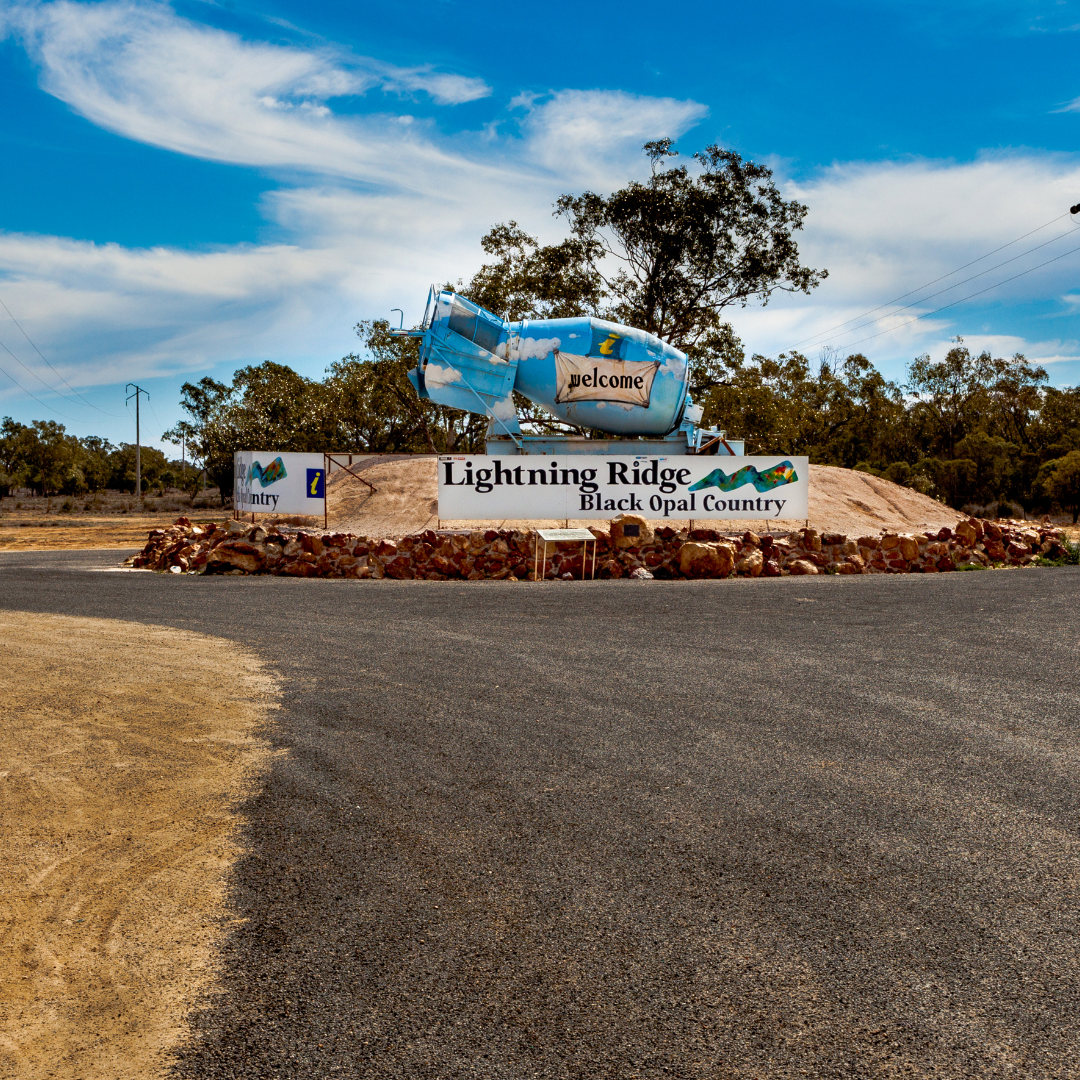
A way of life
The small but famous town of Lightning Ridge is just under 800 km west of Sydney. This is where the rare black opal is mined. The people live with the hope of great fortune. For them, opal mining is not just a job, but a way of life. They love the risk, combined with the possibility of one day making that one big find that will change their lives. Intermediate successes, such as when a shimmering rainbow suddenly appears in the rock, increase the excitement. At that moment, no one knows how big the vein really is. Every further careful strike reveals more and more and nourishes the hope of the really big find.
In the barren landscape of the outback, they spend their days under the hot sun or in the cool, damp underground shafts. Every blow of the pickaxe could bring about a breakthrough - or not. But the uncertainty is exactly what appeals to them. It is the promise of freedom, self-determination and the constant possibility of completely changing one's life with a single happy moment.
The community in Lightning Ridge is close-knit because everyone here shares the same passion and the same aspirations. Despite the hardships and uncertainties of everyday life, their belief in great happiness remains unbroken. It is the search for the dazzling gemstone that drives their hearts and determines their path in life.
But the path to opal is not always straight. Due to the strict, complex applications and the sometimes high upfront costs, some miners decide to build their mine directly under their house, for example - without permits and often with inadequate protection. These illegal buildings can be risky and dangerous. But they see it as the easiest way to pursue their passion without having to overcome the bureaucratic and financial hurdles. It is an expression of determination and an indomitable will to find great happiness, whatever the cost.
You might also be interested in
Opal jewelry from FAERELLI
Experience the timeless elegance of FAERELLI opal jewelry. Our collections combine the fascinating beauty of opals with exquisite design and masterful craftsmanship. Discover how these unique gemstones are brought to life in stunning pieces of jewelry.
FAERELLI Opal jewelryEverything about Opals
Discover the fascinating world of opals - from their origins and the different types of opal to the techniques used to process them, the physical properties and the history of opals. Find out what makes opal jewelry so special and why these gemstones are among the most beautiful in the world.
About Opals

